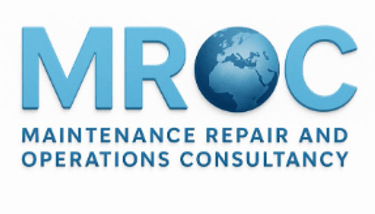Predictive Maintenance
8/10/20252 min read
Predictive Maintenance Turns Data into Foresight, Preventing Failures Before They Ground the Fleet
In the modern aviation landscape, where safety, efficiency, and customer satisfaction are paramount, predictive maintenance has emerged as a game-changer. By harnessing the power of real-time data, artificial intelligence (AI), and advanced analytics, airlines and maintenance providers can anticipate potential failures and address them proactively, reducing unexpected downtimes and enhancing fleet reliability.
The Shift from Reactive to Proactive Maintenance
Traditionally, aircraft maintenance followed a reactive approach, addressing issues only after they manifested. This method often led to unscheduled downtimes, costly repairs, and, in some cases, flight cancellations. However, with the advent of predictive maintenance, this paradigm is shifting. By analyzing data from various sensors embedded in aircraft components, maintenance teams can predict when a part is likely to fail and schedule maintenance accordingly, ensuring that issues are addressed before they disrupt operations.
Real-World Applications and Success Stories
Leading airlines and maintenance organizations are already reaping the benefits of predictive maintenance:
Air France-KLM Engineering & Maintenance utilizes its Prognos tool to continuously monitor aircraft sensor data, calculating health metrics for various components during each flight. This proactive approach allows for the early replacement of underperforming sensors during convenient maintenance opportunities, preventing unexpected failures .
Lufthansa Technik employs predictive maintenance systems to generate comprehensive maintenance recommendations, playing a crucial role in averting maintenance-related delays and undesirable aircraft-on-ground (AOG) situations .
Qantas has integrated AI into its operations through the Constellation platform, dynamically adapting flight routes to weather patterns and aircraft capabilities. This AI application has resulted in a 2% fuel saving, equivalent to $92 million on their $4.6 billion annual fuel expenditure.
The Role of AI and Machine Learning
At the heart of predictive maintenance lies AI and machine learning algorithms. These technologies analyze vast amounts of data from aircraft sensors, identifying patterns and anomalies that may indicate potential failures. By processing this data in real-time, AI systems can provide maintenance teams with actionable insights, enabling them to make informed decisions and schedule maintenance activities at optimal times.
Challenges and Considerations
While the benefits of predictive maintenance are evident, its implementation comes with challenges:
Data Integration: Collecting and integrating data from various sources can be complex, requiring robust infrastructure and standardized protocols.
Cost of Implementation: The initial investment in sensors, AI platforms, and training can be substantial.
Skill Development: Maintenance personnel need to be trained to interpret AI-generated insights and make data-driven decisions.
Despite these challenges, the long-term benefits of predictive maintenance—reduced downtime, lower maintenance costs, and enhanced safety—make it a worthwhile investment for the aviation industry.
Conclusion
Predictive maintenance represents a significant advancement in how the aviation industry approaches aircraft upkeep. By turning data into foresight, airlines and maintenance providers can prevent failures before they ground the fleet, ensuring smoother operations and a better experience for passengers. As technology continues to evolve, the integration of AI and predictive analytics will likely become standard practice, further revolutionizing the aviation maintenance landscape.
Source:
